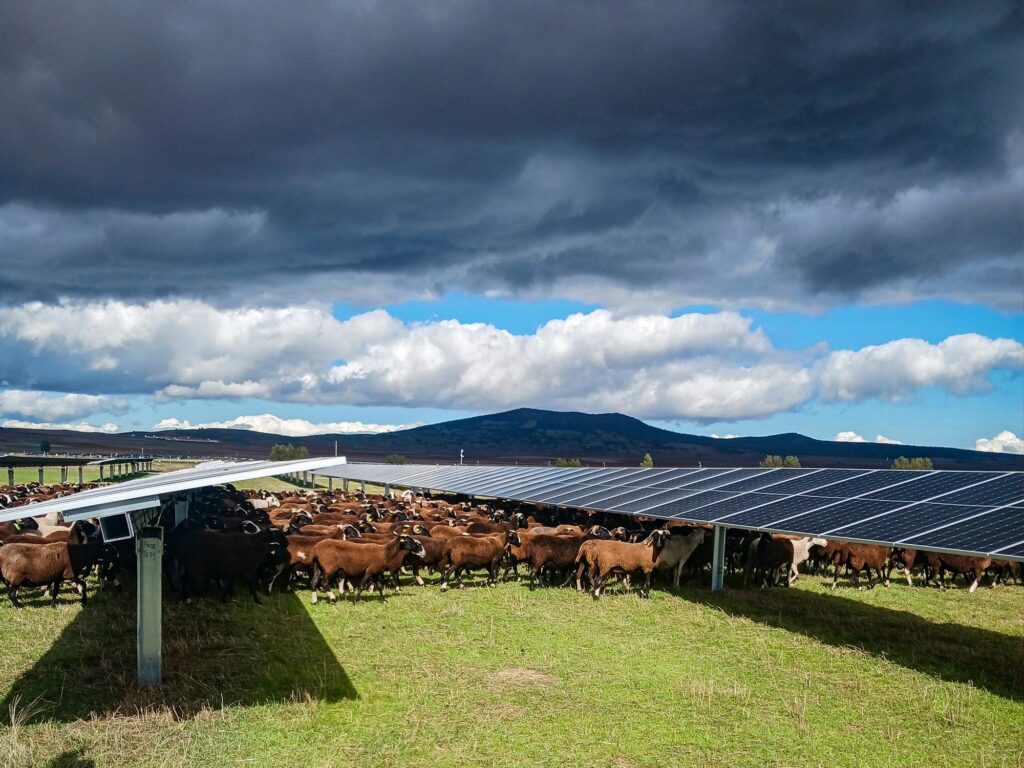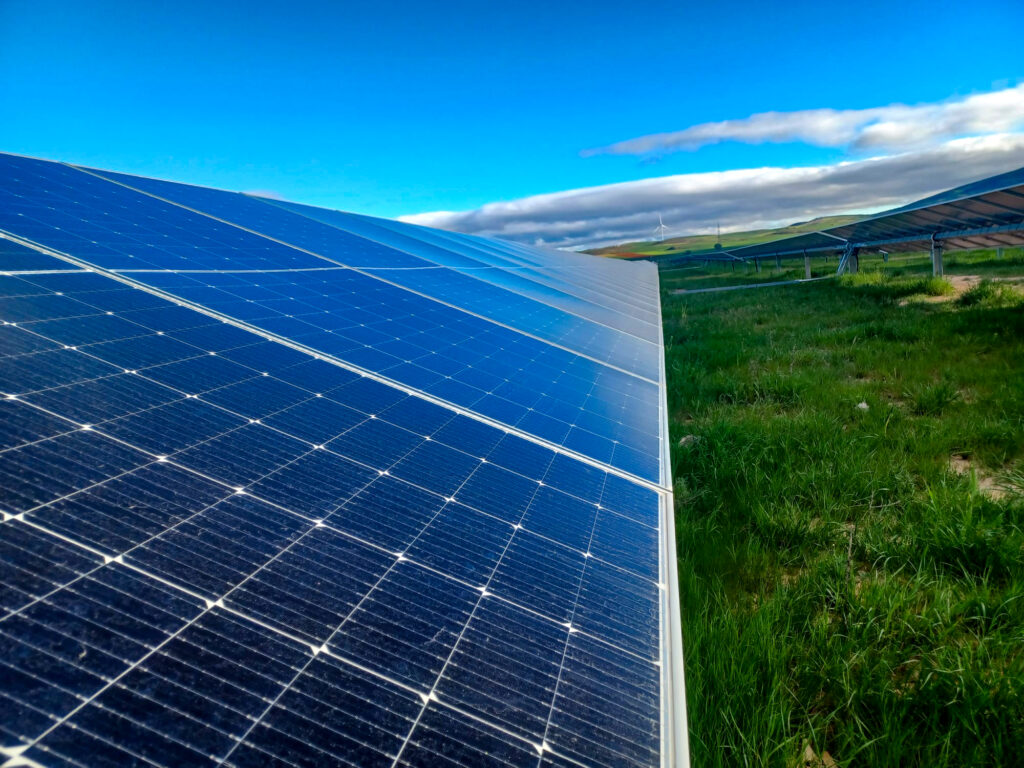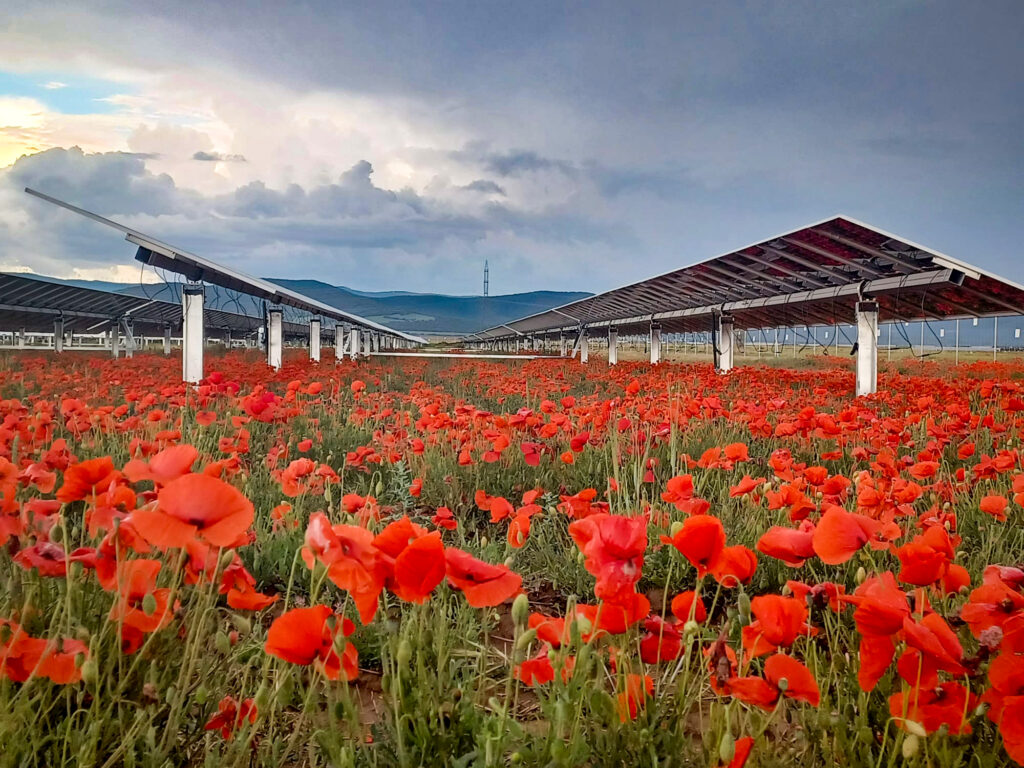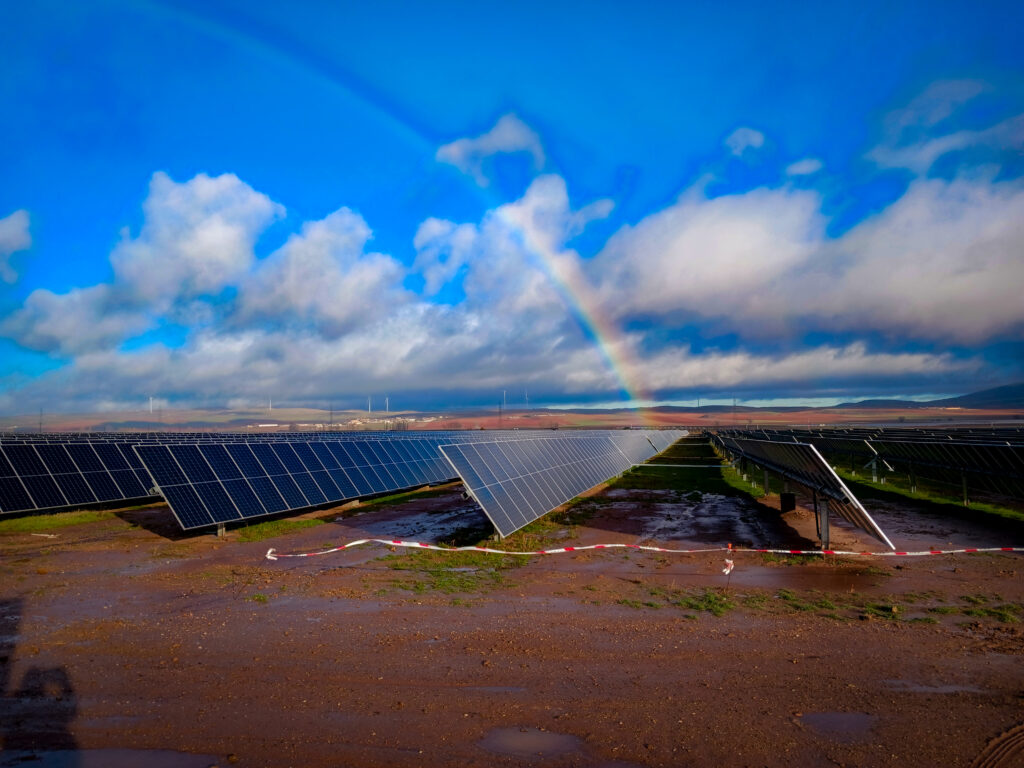We are pleased to announce our first Virtual Power Purchase Agreement (VPPA) is up and running as of July 1, 2025, following the successful construction and activation of the associated solar farms in Castilla y Léon, Spain.
Under the 12-year agreement, Greif will purchase approximately 100 GWh per year of clean, renewable energy, helping the company offset an estimated 65% of its Scope 2 emissions in Europe and 3% of its combined Scope 1 and 2 emissions globally.
The project is a core component of our broader sustainability strategy, which is centered on reducing greenhouse gas emissions and minimizing waste throughout its operations. Here is a deeper dive into VPPA’s and what the opportunity means for Greif.




What is a VPPA? And exactly how much energy is 100 GWh?
We’re so glad you asked.
In a perfect world, we would simply connect solar panels, wind turbines, or geothermal wells to our homes and facilities to power our lives and kiss our climate change problems goodbye. The reality is it’s not that simple. This is where VPPA’s play such an important role. In their simplest form, they are long-term financial contracts – typically 12-15 years – between an energy buyer (usually a business) and a developer of a renewable energy project (usually a wind or solar farm).
The buyer agrees to pay a fixed price for the energy the project generates and in exchange receives Renewable Energy Certificates (RECs) – a market-based instrument that attributes the environmental attributes of renewable energy generation to the holder. The developer receives a steady and predictable stream of revenue which helps them build and/or raise additional financing for the project.
But here is where things get interesting. Because the buyer’s facilities are geographically distant from the project, the buyer doesn’t actually use the renewable energy generated from the project. Instead, the renewable energy is added to the grid, and the buyer continues to rely on their local power options. Things are balanced by the initial fixed price that is set by the buyer and developer, called the “strike price”.
If the market price for electricity generated by the project drops below the strike price, the buyer pays the developer to make up for the difference. This is a risk for the buyer. If the market price for electricity rises above the strike price, the developer compensates the buyer for the difference. This is a risk for the developer.
Does this Actually Reduce Emissions?
VPPAs can be complicated, and so it does beg the question: if the buyer is not using the renewable energy generated from a project, is it really having a positive impact on our climate and the environment? The short answer is yes.
When a company enters a VPPA it is not just addressing its own emission reduction goals, it is helping drive the creation of new renewable energy capacity on the grid and in the wholesale market. One of the biggest barriers to success for any renewable energy project is upfront cost. VPPAs give developers access to the important initial investment as well as a sustained commitment over the duration of the contract (again, typically 12-15 years). This gets the project off the ground so that over its lifespan it can add thousands of GWh of clean, renewable energy to the grid. More renewable energy capacity = better.
From a buyer’s perspective, very little changes. They continue to manage energy usage onsite as normal, but under the VPPA the net basis arrangement with the renewable energy project – the fixed energy price or the strike price – offsets their rising electricity costs over the long-term setting up a win-win; more renewable energy on the grid and lower, more predictable energy costs for the company.
Greif’s VPPA with Enel Green Power España (EGPE)
The agreement with Enel Green Power España contributes to the development of two solar projects in the Soria Province of Castilla y Léon, Spain. The 12-year agreement will see Greif purchase 70% of the project’s total output, which translates to approximately 100 GWh every year!
In total, the deal is expected to offset around 65% of the company’s Scope 2 emissions in Europe and approximately 3% of its Scope 1 and Scope 2 emissions globally. To put it plainly, it’s a really, really, big project.
Quick Refresher on Gigawatts (GW) & Gigawatt-hours (GWh)
To understand the scale of this project, let’s start with a little physics refresher:
A gigawatt (GW) is a measure of power. A gigawatt-hour (GWh) is a measure of energy. As we all remember from grade school physics, Energy = Power x Time. So, a 1 GW power plant running for 1 hour produces 1 GWh of energy where power equals output and energy equals power output sustained over a period of time. While the two measures are related, it’s important they don’t get confused as the two cannot be compared to each other directly!
Now that we’re all on the same page, let’s put that power into context. According to numbers from the United States Department of Energy, 1 gigawatt is equivalent to the power output of:
- 1.9 million solar panels
- 294 utility-scale wind turbines
- 1.3 million horses
Now let’s put that power into the context of energy. Using data from the Carbon Collective and assuming those power outputs operated continuously at peak output for 1-hour, that 1 GWh of energy is enough run 100 homes for a year.
How Much is 100 GWh?
If that is what 1 GWh can do, what can 100 gigawatt-hours do? Pretty much 100 times that. Building on our examples above, we expect the VPPA agreement to generate enough energy to theoretically power nearly 10,000 U.S. homes annually.
Again, to put it plainly, it’s a lot of energy.
